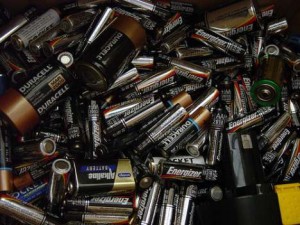
Batteries might consist of harmful metals and chemicals such as nickel cadmium, alkaline, mercury, lead and nickel-metal hydride, which can contaminate the environment if not disposed of properly. For example, when batteries containing cadmium is utilized in landfills, they will ultimately dissolve and release the toxic substance that might enter the water, posing substantial risks to the nicely becoming of the population. This is why recycling batteries has turn out to be so essential because it helps prevent pollution and conserve resources.
Multi-use process:
First, the batteries are sorted according to the chemical, such as nickel-cadmium, nickel metal hydride, lithium, alkaline, etc. combustible supplies such as plastics and insulation, eliminate the gas, oxidation heat, which is the initial step in the recycling process. Most recycling plants have scrubbers where the heat of the oxidizing gas is neutralized to eliminate impurities to create clean, naked cells that consist of precious metal content.
The batteries are then heated to melt the metal, because they are broken into pieces. Black slag left blown non-metallic substances are scraped arm slag, and numerous alloys, and to support the weight of the peel. Some of the liquid metal is poured directly from plants (£ 65) or “Home” (£ 2000) on the distinction, which is then transmitted to the recovery of metals to create nickel, chromium and iron re mix melted the production of other metal goods.
Continue reading “Battery Recycling”